Home>Furniture>Outdoor Furniture>How To Get Mold Out Of A Hammock
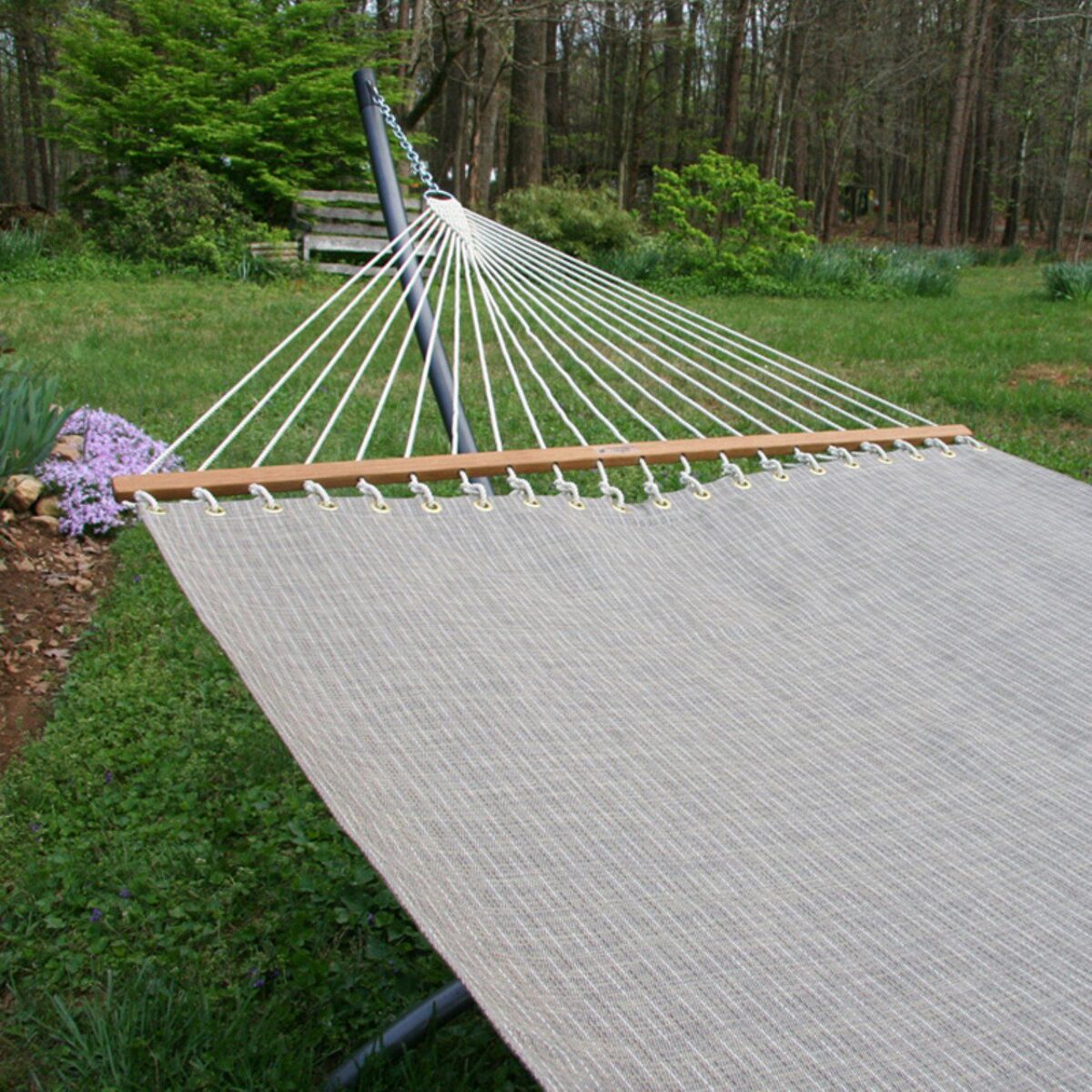

Outdoor Furniture
How To Get Mold Out Of A Hammock
Modified: March 16, 2024
Learn how to easily remove mold from your outdoor furniture, specifically your hammock, with these effective tips. Keep your outdoor space clean and mold-free!
(Many of the links in this article redirect to a specific reviewed product. Your purchase of these products through affiliate links helps to generate commission for Storables.com, at no extra cost. Learn more)
Introduction
Welcome to the ultimate guide on how to get mold out of a hammock. As outdoor furniture enthusiasts, we all love spending quality time in our hammocks, whether it’s lounging in the warm sun or enjoying a gentle breeze under the stars. But over time, our beloved hammocks can fall victim to mold and mildew, which not only ruins their appearance but also poses a health risk.
Mold is a type of fungus that thrives in warm, moist environments, making hammocks an ideal breeding ground. When left untreated, mold can spread rapidly and cause discoloration, a musty odor, and even allergic reactions in some individuals. However, with the right knowledge and techniques, you can successfully eliminate mold from your hammock and restore it to its former glory.
In this comprehensive guide, we will dive into the basics of mold, discuss ways to assess the severity of the infestation, and explore effective methods for removing mold from your hammock. We will also explore natural remedies to combat mold and provide tips for preventing future growth.
So, grab your hammock and join us as we embark on a journey to reclaim your outdoor relaxation oasis!
Key Takeaways:
- Say goodbye to mold on your hammock by using natural remedies like vinegar and tea tree oil. Regular cleaning and proper storage can prevent future mold growth, keeping your outdoor oasis fresh and inviting.
- Assess the severity of mold on your hammock and prepare the area for safe removal. Use gentle cleaning methods and natural remedies to restore your hammock, and follow preventative tips to keep it mold-free.
Read more: How To Get Mold Out Of Tablecloths
Understanding the Basics of Mold
Before we delve into mold removal techniques, it’s essential to have a good understanding of what mold is and how it can affect your hammock. Mold is a type of fungus that exists naturally in the environment and plays a crucial role in the breakdown of organic materials. However, when present in your hammock, mold becomes a nuisance.
Mold reproduces through tiny spores that are invisible to the naked eye. These spores can easily travel through the air and land on surfaces, including your hammock, where they begin to grow. Mold requires moisture and organic material to thrive, which is why hammocks that are exposed to outdoor elements are especially vulnerable.
When mold starts to grow on your hammock, it often appears as black or green spots or patches. In addition to their unsightly appearance, mold spores can release allergens and irritants that can cause respiratory problems, especially for individuals with asthma or allergies.
Humidity and moisture are the primary catalysts for mold growth. If your hammock is stored in a damp or humid environment or is consistently exposed to moisture, such as rain or condensation, it becomes an inviting breeding ground for mold. Other factors that contribute to mold growth include poor ventilation, lack of sunlight, and the accumulation of dirt or debris on the hammock fabric.
It’s crucial to be proactive in preventing and addressing mold growth on your hammock. Regular maintenance, proper storage, and quick action when you notice signs of mold will help extend the lifespan of your hammock and ensure a hygienic and enjoyable outdoor experience.
In the next section, we will discuss how to assess the severity of mold infestations on your hammock, providing you with valuable knowledge to determine the necessary steps for removal.
Assessing the Severity of the Mold Infestation
When it comes to mold infestations on your hammock, it’s important to assess the severity of the problem before proceeding with the removal process. Understanding the extent of the mold growth will help you determine the appropriate course of action and ensure effective and efficient mold removal.
Here are a few key steps to assess the severity of the mold infestation:
- Visual Inspection: Carefully examine your hammock for visible signs of mold, such as dark spots, discoloration, or fuzzy patches. Look closely at the fabric, edges, and seams to identify any areas where mold may be present.
- Scent Detection: Take a deep sniff and see if you detect any musty or moldy odors emanating from the hammock. Mold often releases a distinct smell, especially in cases of extensive growth.
- Touch Test: Feel the surface of your hammock for any dampness or stickiness. Mold thrives in moist environments, so any dampness indicates a potential for mold growth.
- Health Symptoms: Pay attention to any allergic reactions or respiratory problems you experience when using your hammock. If you notice consistent symptoms, such as coughing, sneezing, or watery eyes, it could be a sign that mold has infiltrated the fabric.
Based on your assessment, you can classify the severity of the mold infestation into three categories: mild, moderate, or severe. Here’s a breakdown of each category:
- Mild: In mild cases, you may only notice a few small spots or patches of mold on the surface of your hammock. The odor may be faint, and there are no significant health symptoms reported.
- Moderate: Moderate infestations typically involve larger areas of mold growth, with more distinct discoloration and a noticeable musty smell. Some individuals may experience mild allergic reactions.
- Severe: Severe mold infestations consist of extensive and widespread growth on the hammock. The fabric may have a visible layer of mold, and the odor can be overpowering. People with allergies or sensitivities may experience severe respiratory symptoms.
By understanding the severity of the mold infestation, you can determine whether you can tackle the removal process yourself or if it’s necessary to seek professional assistance. Mild cases can often be remedied with DIY methods, while moderate to severe infestations may require the expertise and equipment of mold remediation professionals.
In the next section, we will cover the steps to prepare the area for mold removal to ensure safe and effective cleanup.
Preparing the Area for Mold Removal
Before diving into the process of removing mold from your hammock, it’s crucial to properly prepare the area to ensure a safe and successful cleaning process. Taking the time to prepare the space will help minimize the spread of mold spores and protect yourself from potential health hazards.
Here are the key steps to follow when preparing the area for mold removal:
- Choose a Well-Ventilated Space: Find a well-ventilated area where you can work on your hammock. Opening windows and using fans or air purifiers will help maintain proper airflow and prevent the accumulation of mold spores in the room.
- Wear Protective Gear: Mold spores can be harmful if inhaled or if they come into contact with your skin. Make sure to wear protective gear such as gloves, goggles, and a face mask to protect yourself during the cleaning process.
- Gather Cleaning Supplies: Collect all the necessary cleaning supplies before starting. This may include a mild detergent or vinegar, a scrub brush or sponge, a bucket of warm water, and a clean cloth or towel.
- Isolate the Hammock: If possible, remove the hammock from its hanging position and place it on a clean, non-porous surface. This will prevent any mold spores from transferring onto nearby objects or surfaces.
- Protect the Surrounding Area: Use plastic sheets or drop cloths to cover the floor or any nearby furniture to catch any loose mold spores or cleaning solutions that may accidentally drip or fall.
- Vacuum or Dust the Area: Before cleaning the hammock, use a vacuum cleaner with a HEPA filter or a damp cloth to gently remove any loose mold spores or debris from the surrounding area. This will prevent them from getting stirred up during the cleaning process.
By taking these preparatory measures, you can create a controlled and safe environment for mold removal. Remember to always prioritize your safety and follow proper guidelines to minimize the risk of mold exposure.
Next, we will explore effective methods for removing mold from your hammock and restoring it to its original condition.
To get mold out of a hammock, mix equal parts of water and white vinegar in a spray bottle. Spray the affected areas and let it sit for 10-15 minutes, then scrub with a brush and rinse with water. Hang the hammock to dry in the sun.
Removing Mold from a Hammock
Now that you have properly prepared the area, it’s time to tackle the task of removing mold from your hammock. There are several effective methods you can employ to eliminate the mold and restore your hammock to its pristine condition.
Here are step-by-step instructions on how to remove mold from a hammock:
- Start with Dry Cleaning: Begin by brushing off any loose mold spores and debris from the surface of the hammock using a soft-bristle brush or by gently shaking it. This step will help prevent spreading mold spores further during the cleaning process.
- Create a Cleaning Solution: Mix a solution of mild detergent or vinegar with warm water in a bucket. Use about a tablespoon of detergent or vinegar for every gallon of water. Both substances are effective in killing mold and disinfecting the fabric.
- Scrub the Affected Areas: Dip a scrub brush or sponge into the cleaning solution and gently scrub the areas affected by mold. Focus on the patches of mold growth, ensuring that you penetrate the fabric and remove as much mold as possible. Be gentle to avoid damaging the hammock fabric.
- Rinse Thoroughly: After scrubbing, rinse the hammock thoroughly with clean water to remove any traces of detergent or vinegar. It’s important to remove all cleaning agents to prevent any potential irritation to your skin or damage to the fabric.
- Dry Completely: Hang the hammock in a well-ventilated area or outdoors to dry completely. Make sure it is exposed to direct sunlight, as sunlight acts as a natural mold deterrent. Ensure that both sides of the hammock are completely dry to prevent any residual moisture that could lead to future mold growth.
If the mold infestation is stubborn or persists after these steps, you may need to consider additional measures. For example, you can try using a stronger mold removal solution, such as a mixture of hydrogen peroxide and water, or consult a professional mold remediation service for assistance.
Remember, it’s crucial to act promptly at the first signs of mold growth to prevent it from spreading and causing further damage to your hammock. Regular cleaning and maintenance will help reduce the risk of mold recurrence.
Next, we will explore natural remedies for mold removal, offering alternative solutions for those looking for chemical-free options.
Read more: How To Get Mold Out Of An Air Conditioner
Natural Remedies for Mold Removal
If you prefer to use natural remedies to remove mold from your hammock or if you have concerns about using chemical-based cleaners, there are a few effective options available. These natural alternatives are not only environmentally friendly but also safe for you and your hammock.
Here are some natural remedies for mold removal:
- Vinegar: Vinegar is a powerful natural disinfectant and mold killer. Mix equal parts of white vinegar and water in a spray bottle. Spray the affected areas of your hammock thoroughly and let it sit for a few minutes. Then, scrub the moldy spots with a brush or sponge and rinse well with water.
- Baking Soda: Baking soda is another excellent natural ingredient for mold removal. Add one teaspoon of baking soda to a cup of water to create a paste. Apply the paste to the moldy areas of your hammock and let it sit for at least an hour. Afterward, scrub the moldy spots and rinse well.
- Tea Tree Oil: Tea tree oil has powerful antifungal properties that can help eliminate mold. Mix 1 teaspoon of tea tree oil with 1 cup of water in a spray bottle. Spray the solution onto the affected areas and let it sit for a few hours or overnight. Scrub the moldy spots and rinse thoroughly.
- Grapefruit Seed Extract: Grapefruit seed extract is a natural fungicide and antimicrobial agent. Mix 20 drops of grapefruit seed extract with 1 cup of water in a spray bottle. Spray the moldy areas of your hammock and allow it to sit for a few hours. Scrub the moldy spots and rinse well.
When using natural remedies, it’s important to follow the same precautions as with chemical cleaners, such as wearing gloves and ensuring proper ventilation. It may also be helpful to perform a patch test on a small, inconspicuous area of the hammock before treating the entire surface.
Remember, prevention is key to minimizing mold growth. Regularly cleaning and drying your hammock, along with proper storage in a dry and well-ventilated area, will significantly reduce the risk of mold recurrence.
In the final section, we will provide some tips for preventing future mold growth on your hammock.
Preventing Future Mold Growth
Prevention is always better than dealing with a mold infestation. By taking proactive measures, you can significantly reduce the chances of mold returning to your hammock. Here are some effective tips for preventing future mold growth:
- Proper Storage: When you’re not using your hammock, store it in a dry and well-ventilated area. Avoid storing it in damp basements or garages where moisture can accumulate.
- Keep it Clean: Regularly clean your hammock to remove any dirt or debris that may trap moisture and facilitate mold growth. Follow the manufacturer’s instructions for cleaning, as different hammock materials may require specific care.
- Dry Thoroughly: After cleaning your hammock or if it gets wet from rain or humidity, make sure to dry it completely before storing it. Hang it in direct sunlight, if possible, to ensure thorough drying.
- Improve Ventilation: Ensure proper air circulation around your hammock by hanging it in an area with good ventilation. This will help prevent the buildup of moisture and discourage mold growth.
- Use a Hammock Cover: If your hammock is permanently installed outdoors, consider using a waterproof cover when it’s not in use. This will protect it from rain and excessive moisture, reducing the risk of mold growth.
- Avoid Damp Locations: When setting up your hammock outdoors, choose a location that is not prone to moisture accumulation. Avoid placing it directly on wet grass or near sprinklers that may overspray.
- Regular Inspection: Periodically inspect your hammock for any signs of mold or mildew. By catching any growth early on, you can address it before it becomes a more significant problem.
By following these preventative measures, you can enjoy your hammock without the worry of mold infestation. Taking care of your hammock not only ensures its longevity but also provides a clean and comfortable outdoor relaxation space for you to enjoy.
With these tips in mind, you can maintain a mold-free and inviting hammock all year round.
Now that you have gained valuable knowledge on mold removal and prevention, you are ready to take action and revitalize your hammock. Remember to act promptly and regularly maintain your hammock to prevent mold from becoming a recurring issue.
Enjoy your mold-free outdoor oasis!
Conclusion
In conclusion, dealing with mold on your hammock can be a challenging task, but with the right knowledge and techniques, you can effectively remove mold and prevent its recurrence. Mold not only impacts the appearance of your hammock but also poses potential health risks. By understanding the basics of mold, assessing the severity of the infestation, and taking appropriate steps to prepare the area, you can set the stage for successful mold removal.
Whether you choose to use traditional cleaning methods or opt for natural remedies, it’s important to follow the proper steps to eliminate mold from your hammock. From dry cleaning and creating cleaning solutions to scrubbing and thorough rinsing, each step plays a key role in restoring your hammock’s condition.
Additionally, implementing preventative measures is crucial in preventing future mold growth. Proper storage, regular cleaning, drying thoroughly, improving ventilation, and using hammock covers are some effective strategies for keeping mold at bay. By taking proactive steps and regularly inspecting your hammock, you can maintain a clean and mold-free outdoor relaxation space.
Remember, mold removal and prevention require consistent effort and attention. Regular maintenance and quick action at the first signs of mold growth will help preserve the lifespan and beauty of your hammock.
We hope that this comprehensive guide has provided you with valuable insights and techniques to get mold out of your hammock. Now, armed with this knowledge, you can confidently enjoy your hammock and create lasting memories in a clean and comfortable outdoor oasis.
So, grab your hammock, take necessary precautions, and let the relaxation begin!
Frequently Asked Questions about How To Get Mold Out Of A Hammock
Was this page helpful?
At Storables.com, we guarantee accurate and reliable information. Our content, validated by Expert Board Contributors, is crafted following stringent Editorial Policies. We're committed to providing you with well-researched, expert-backed insights for all your informational needs.
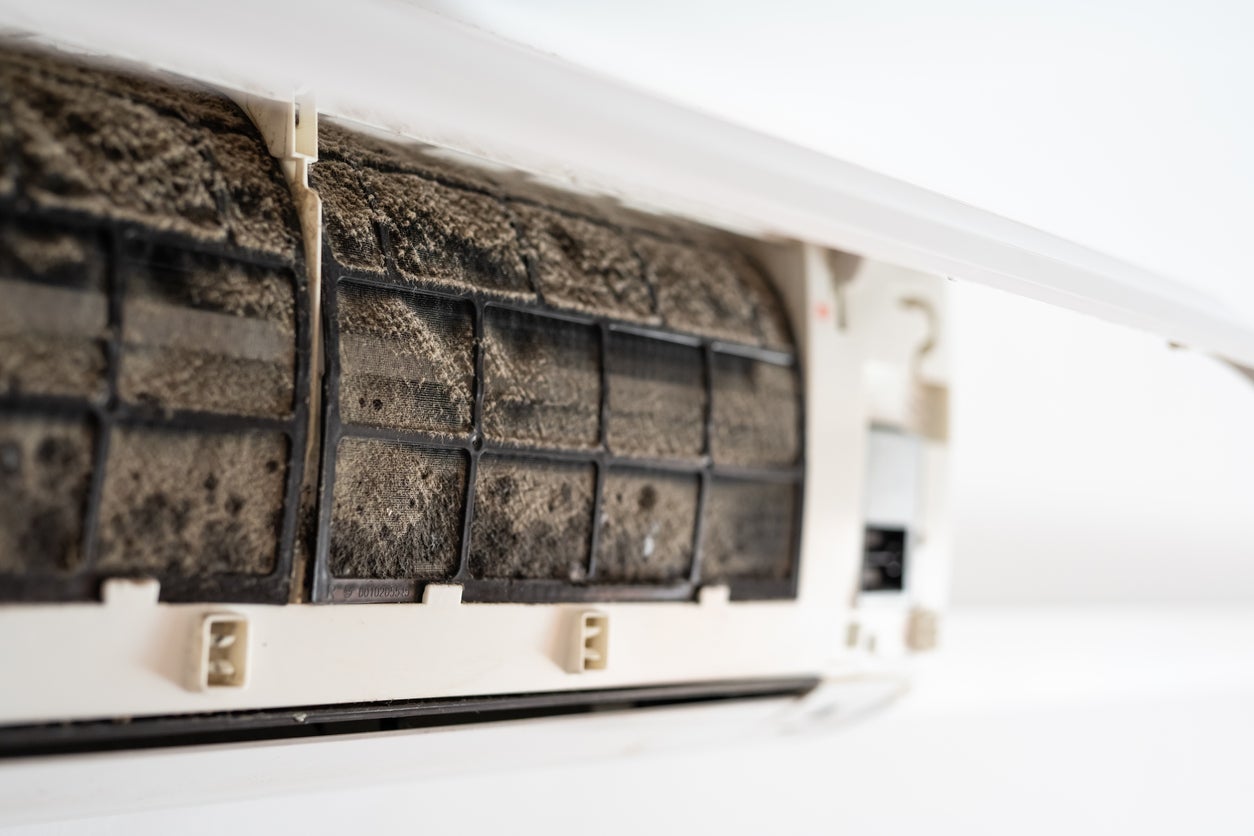
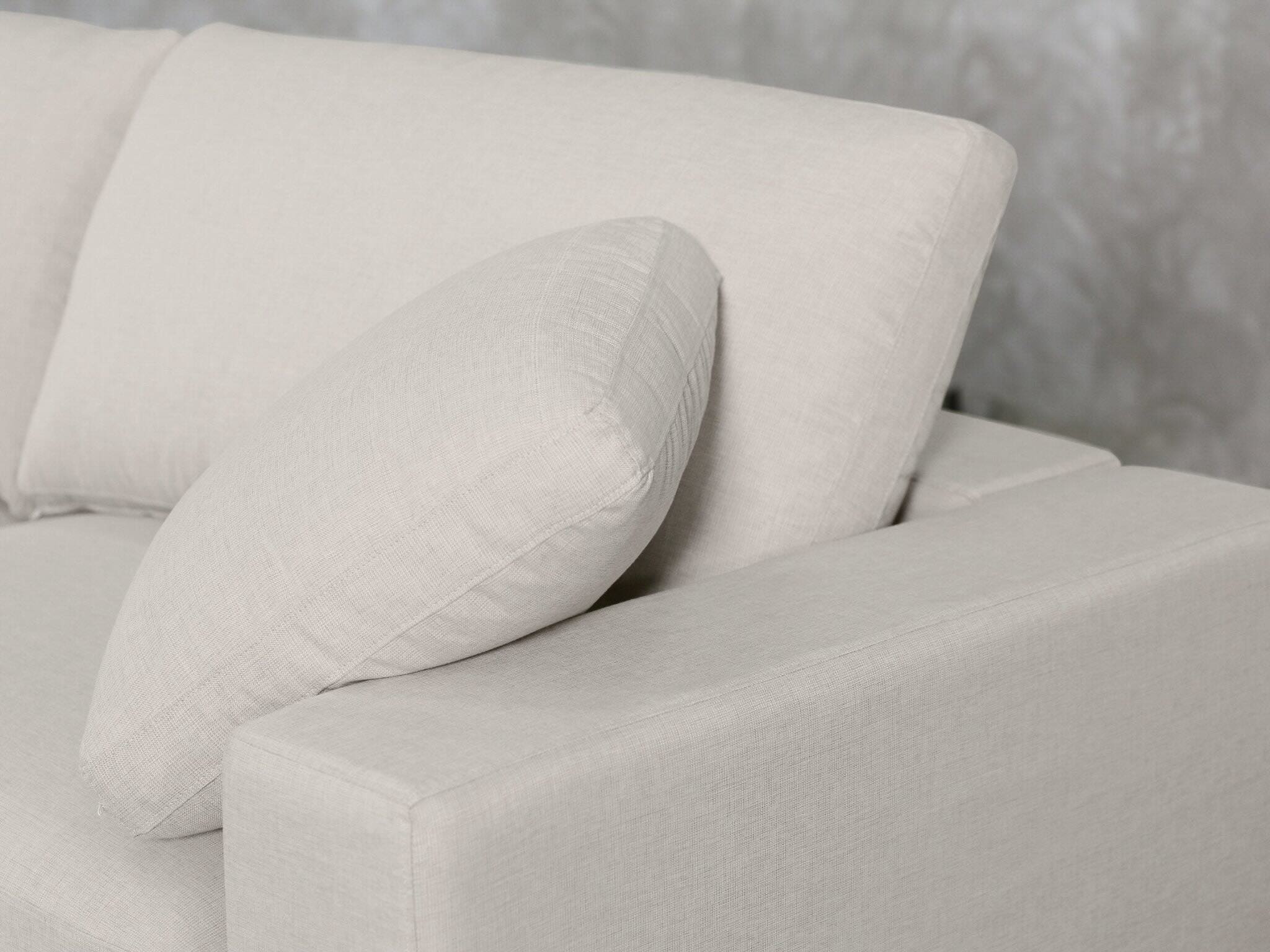
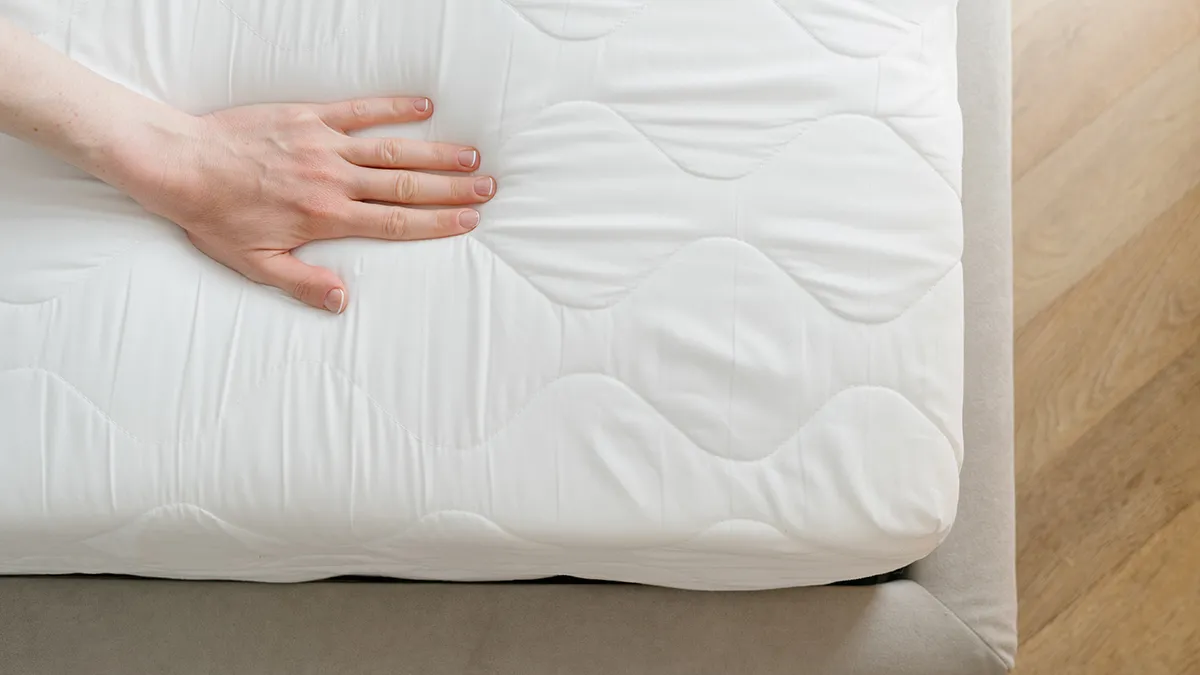
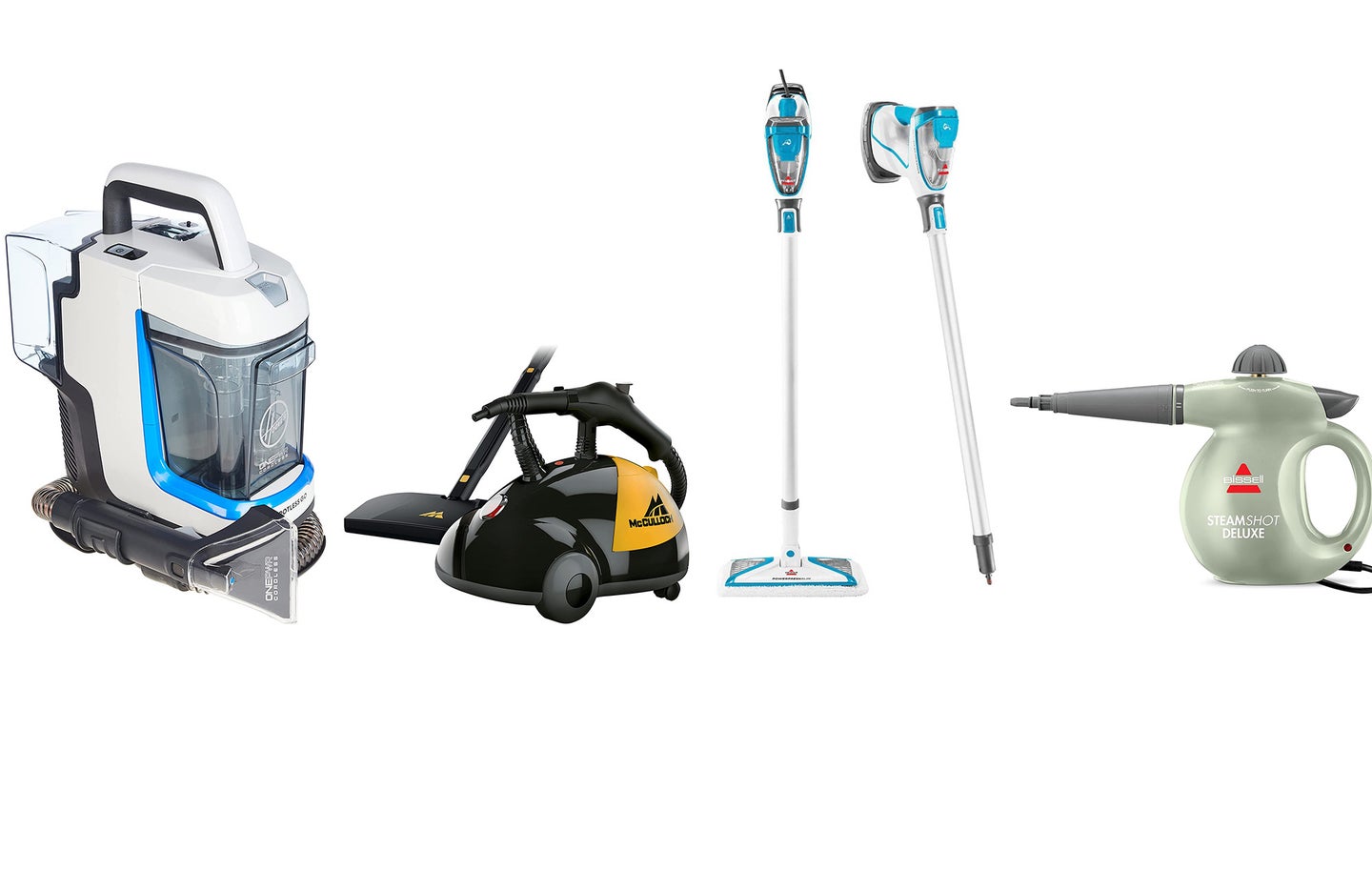
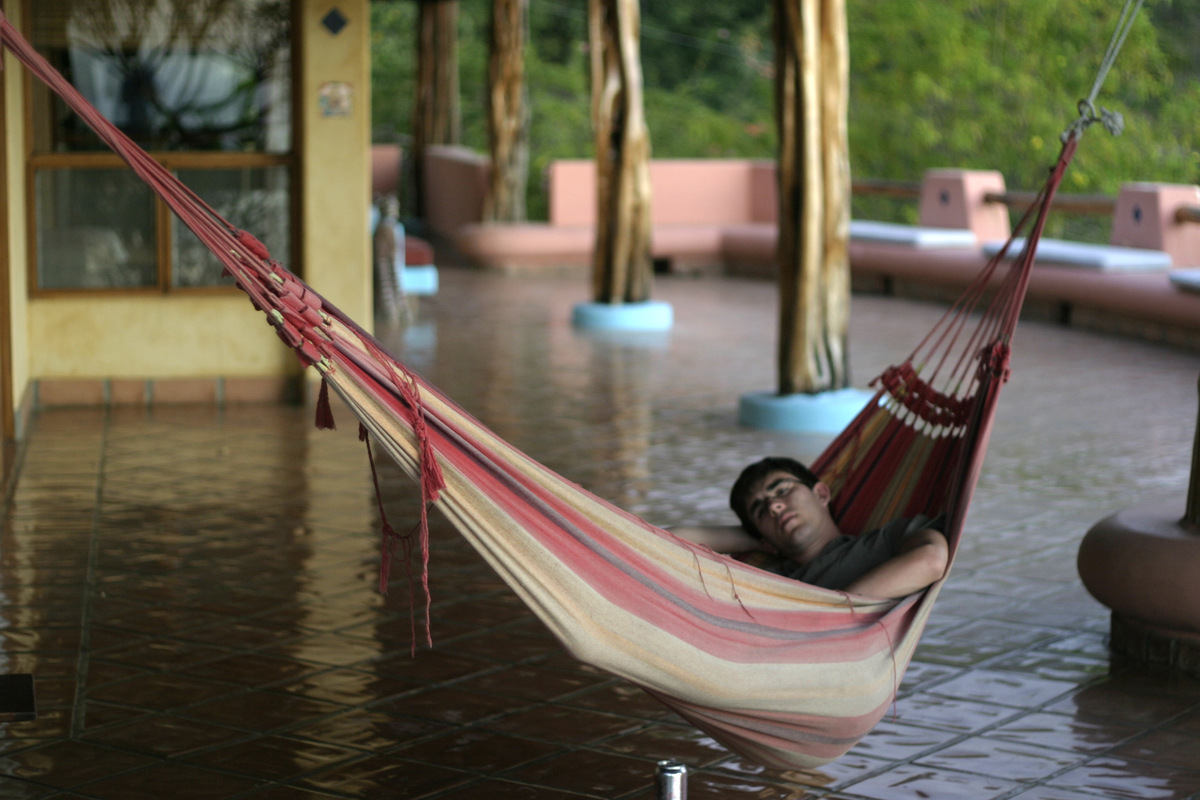
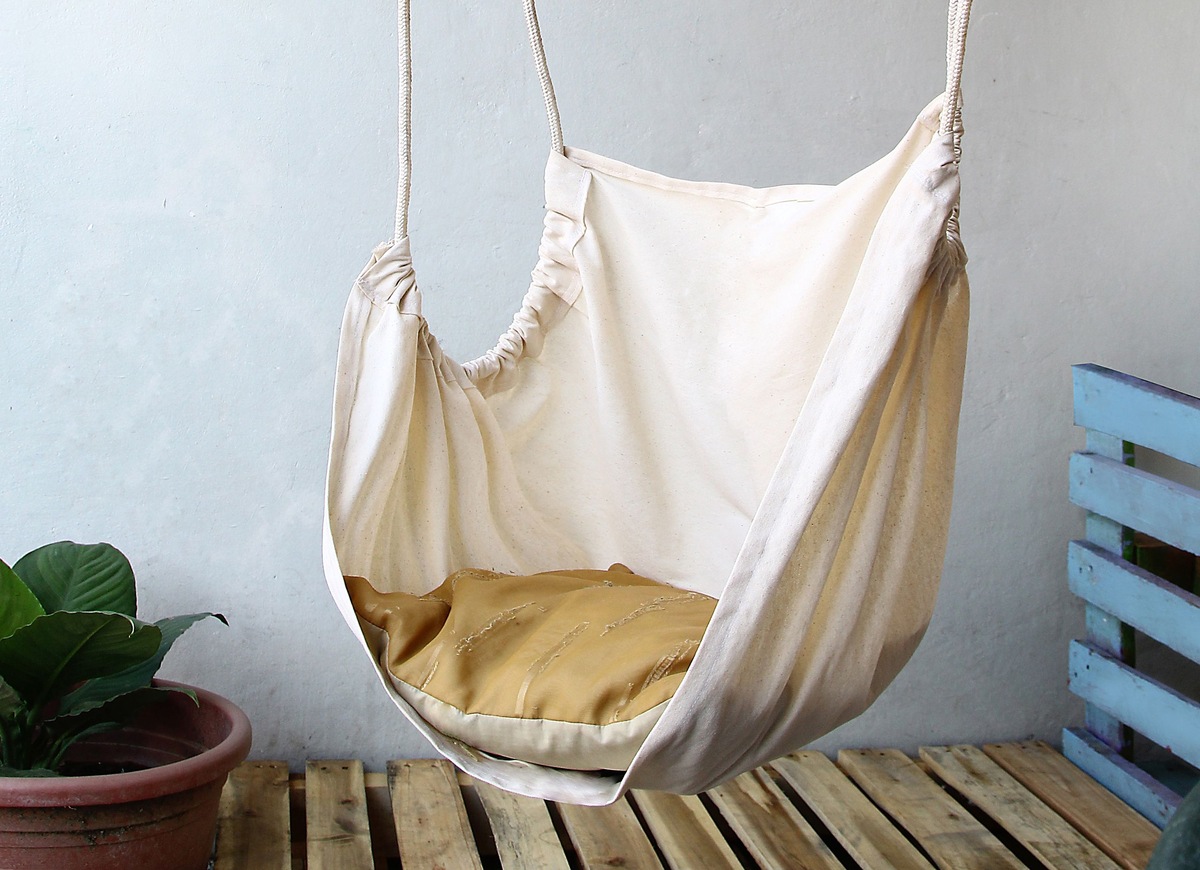
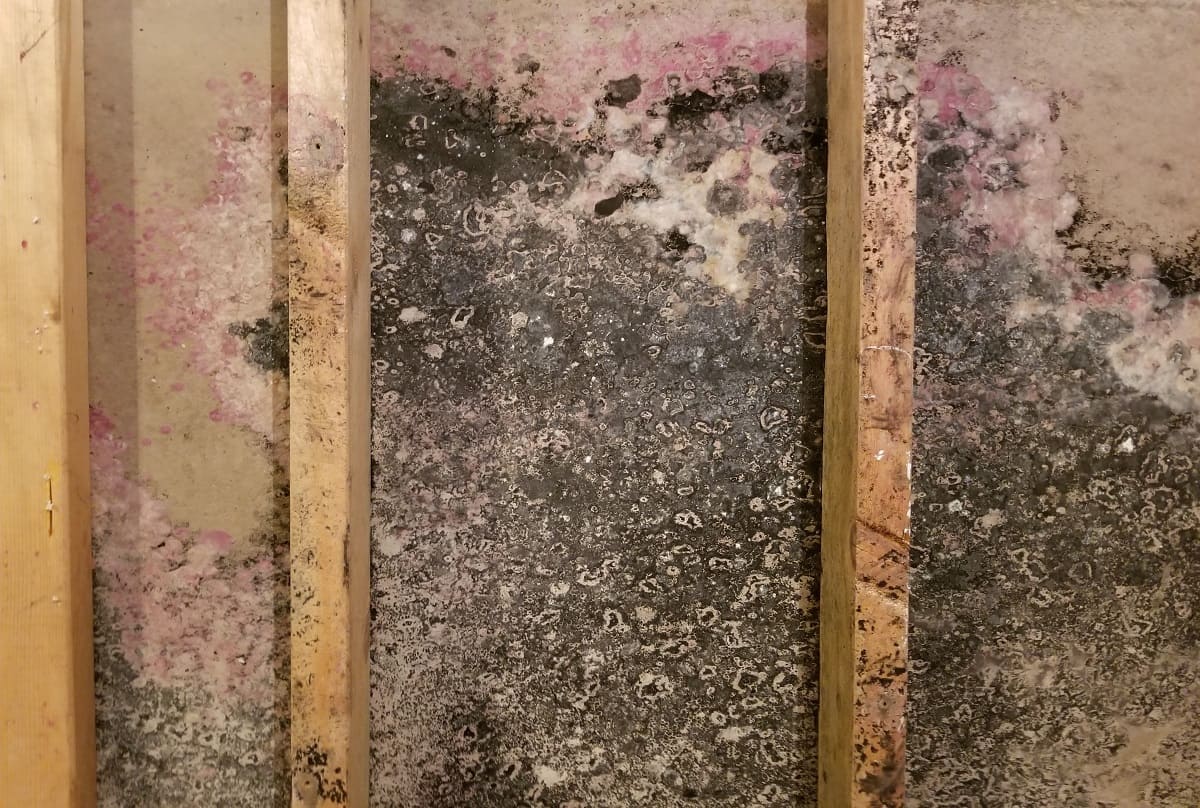
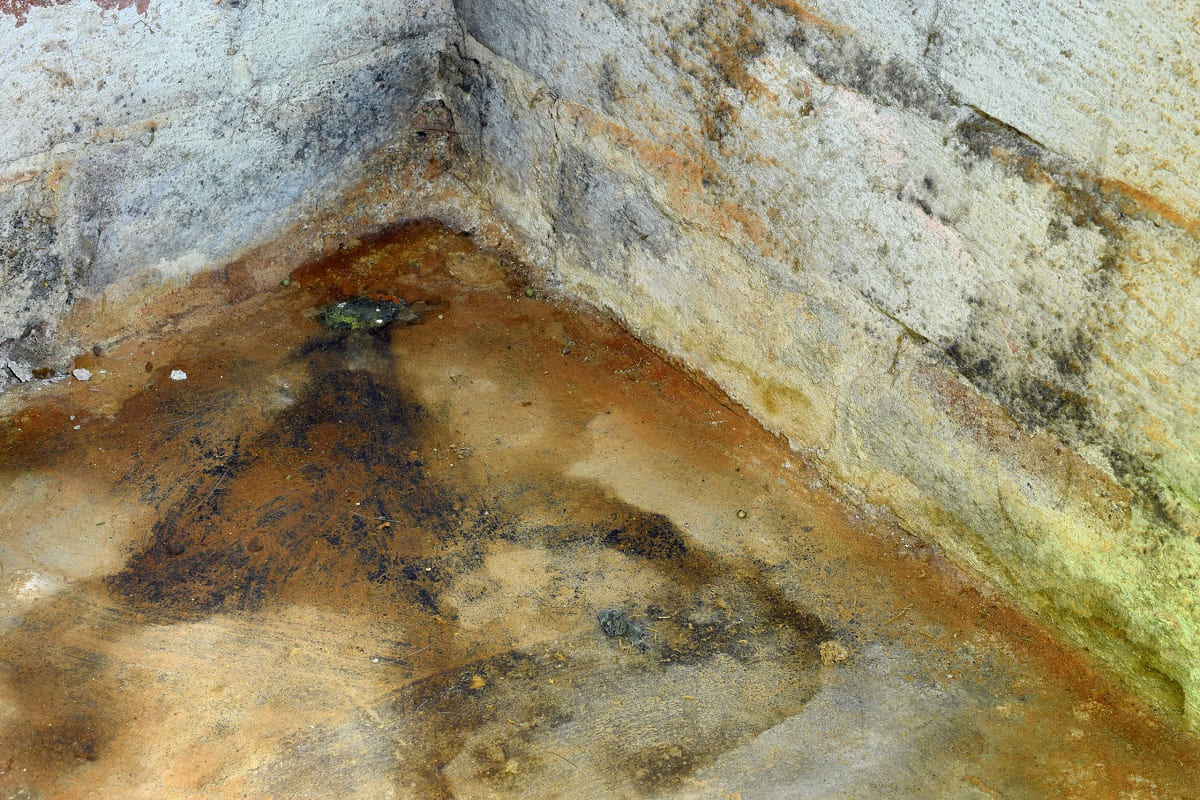
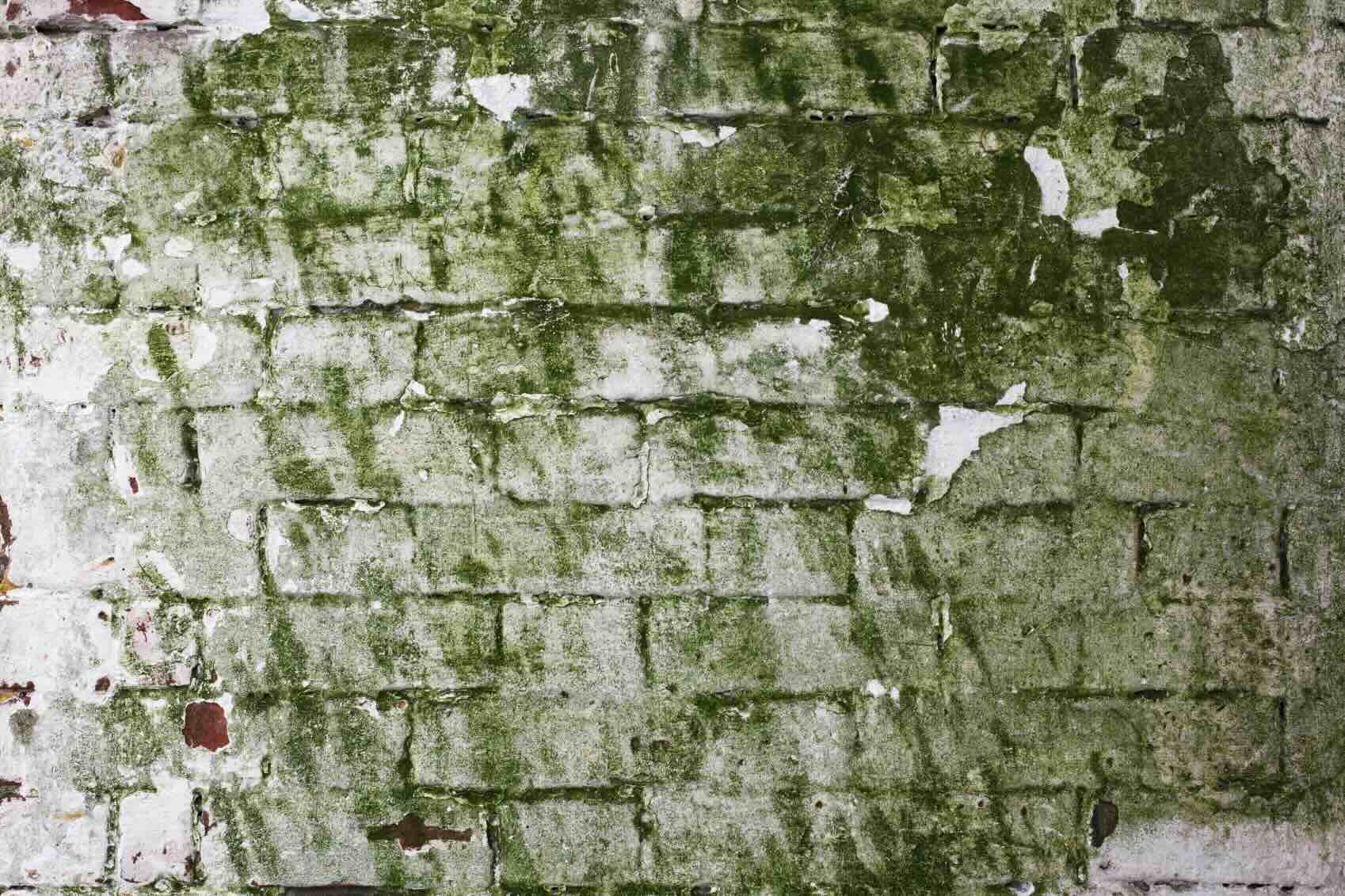
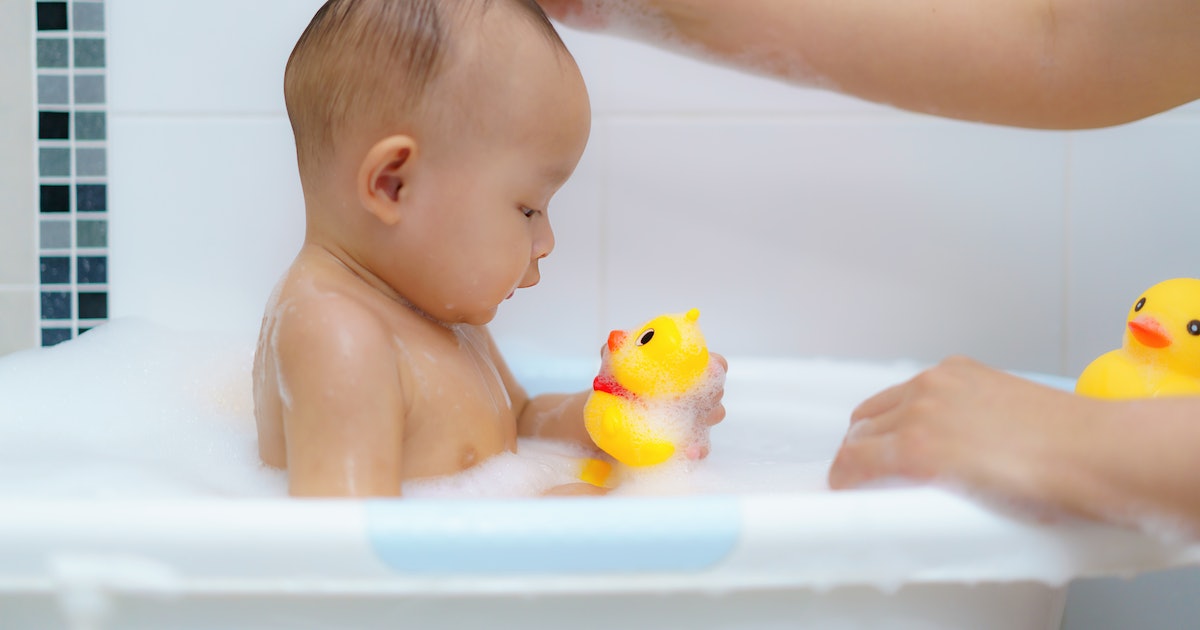
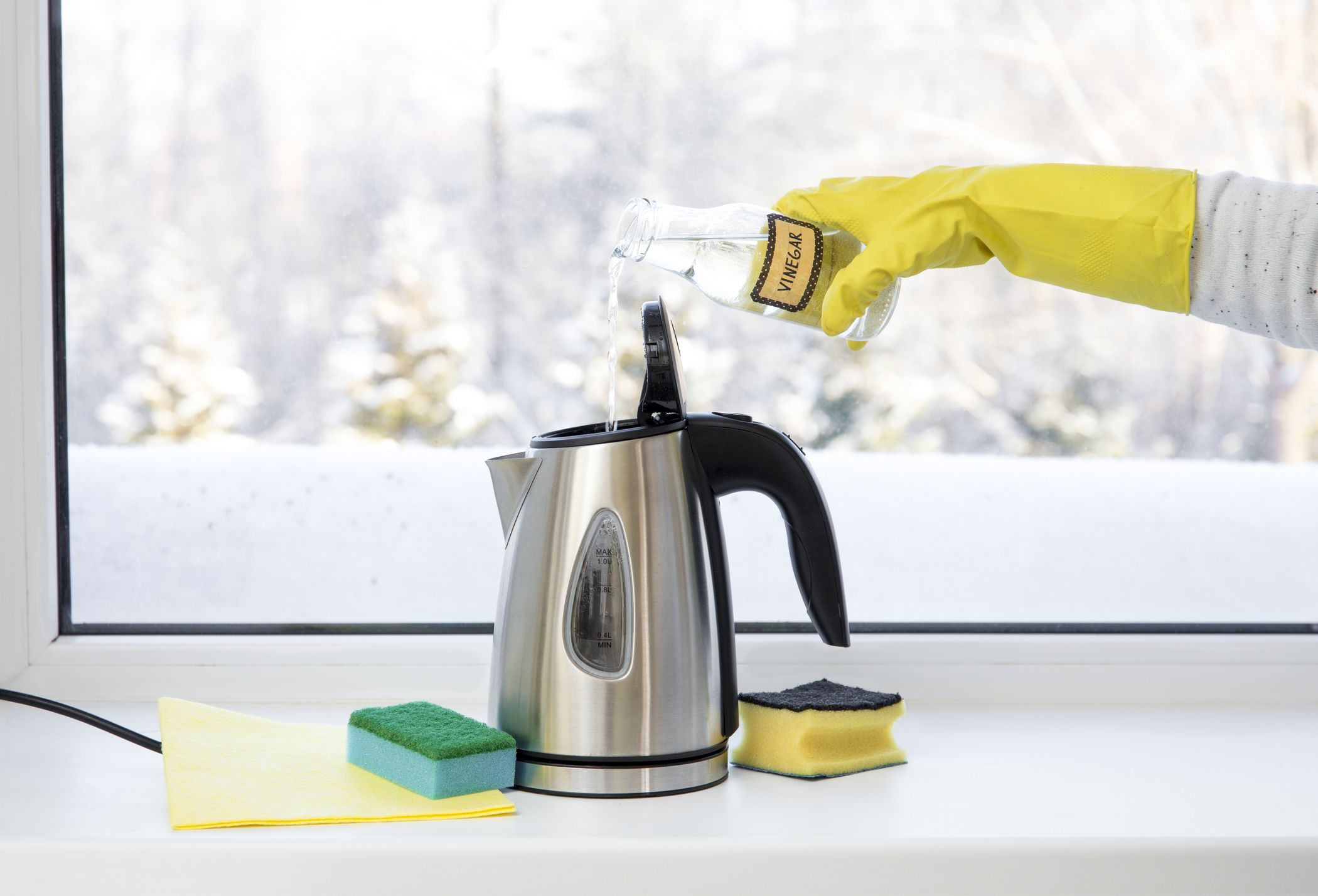
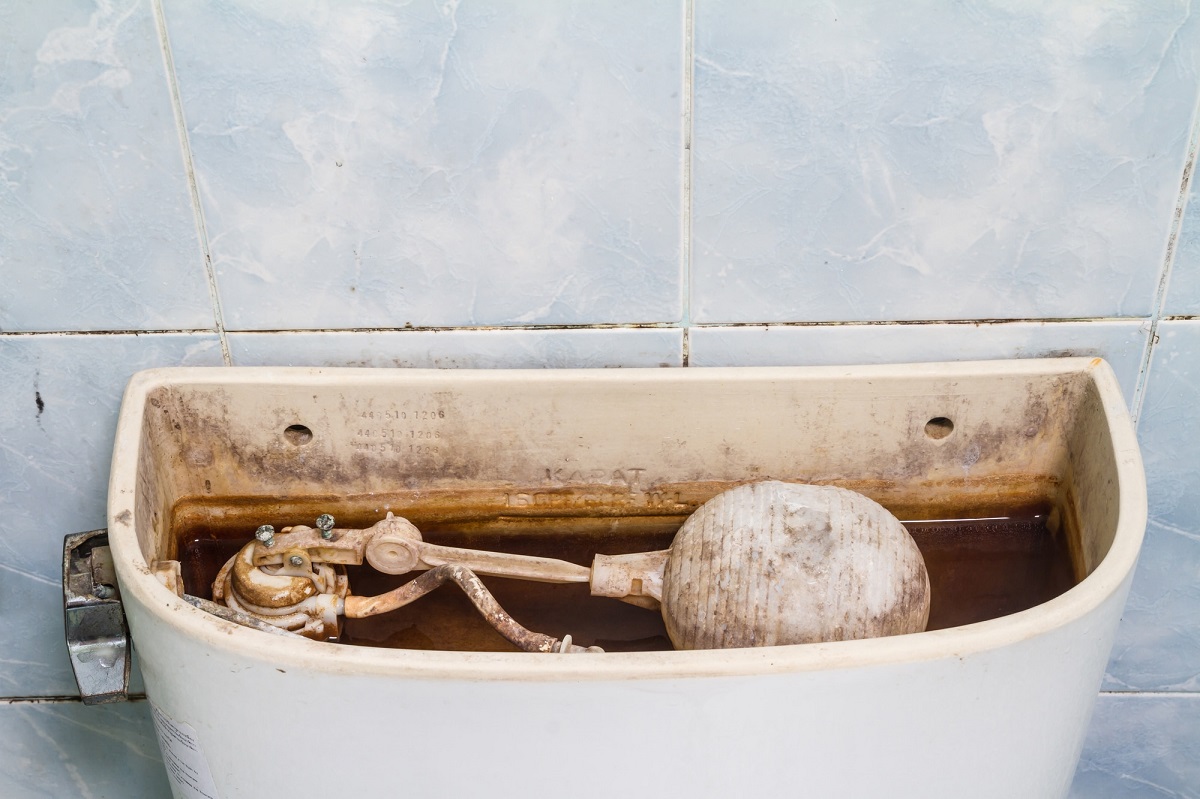
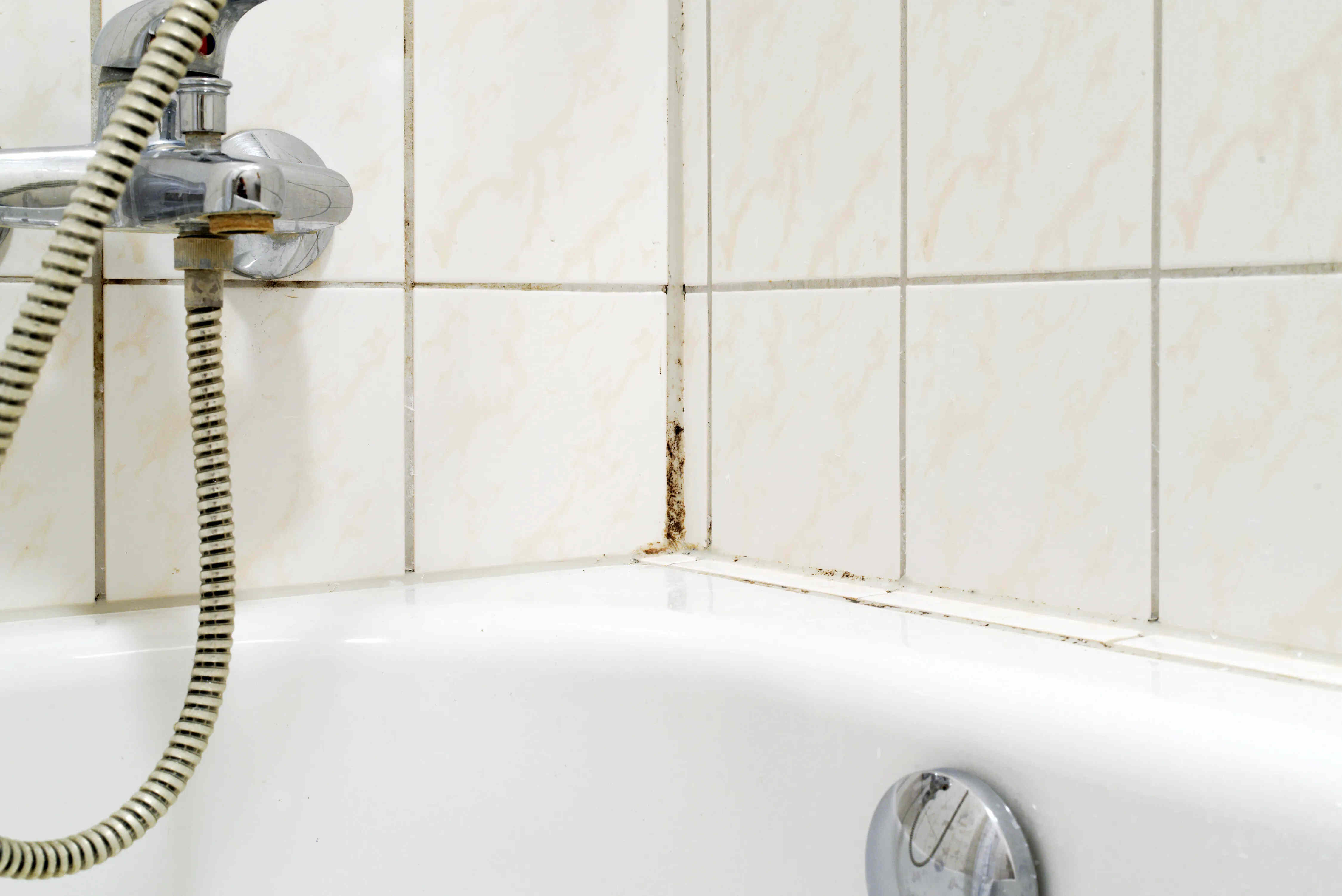
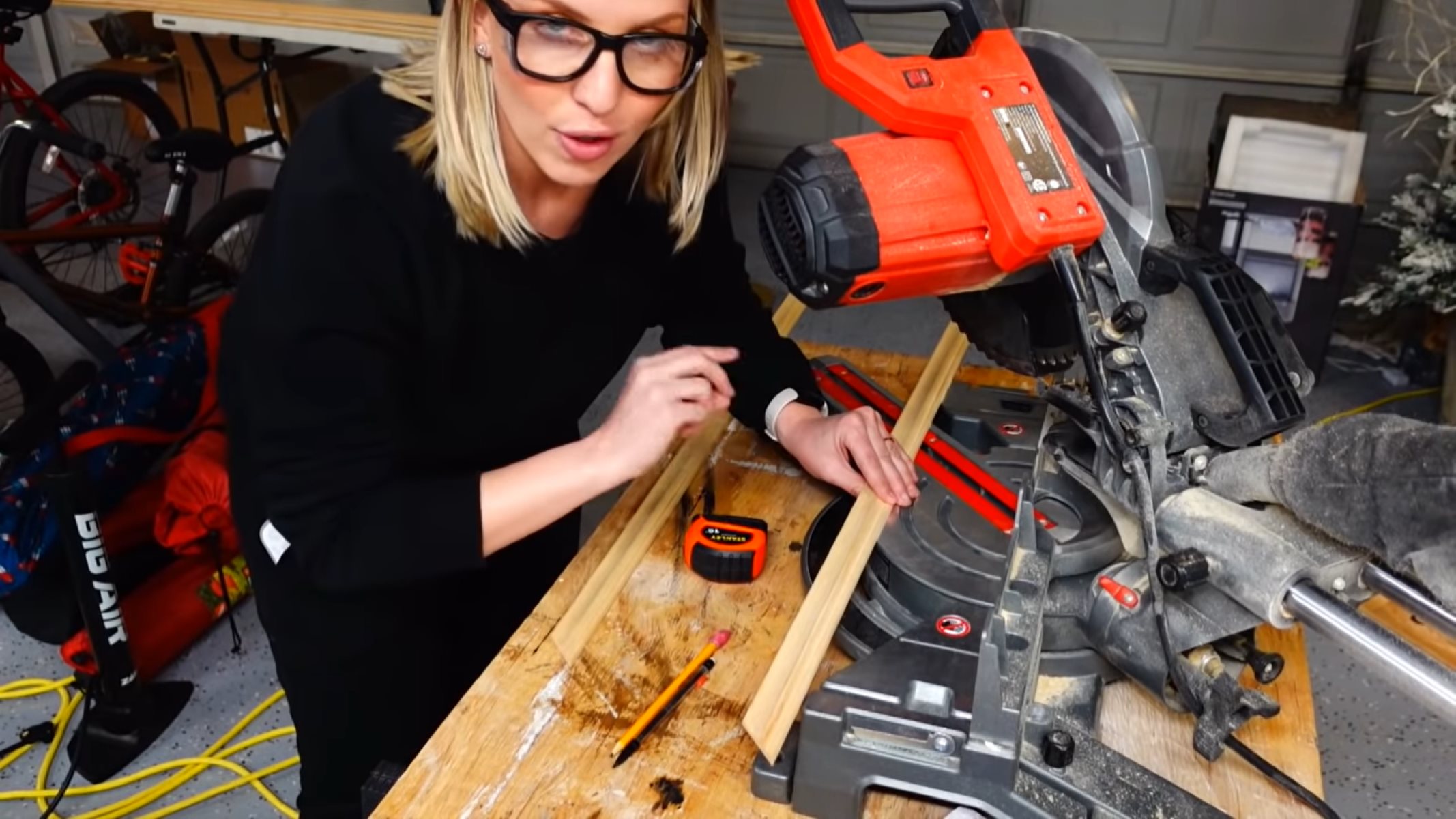

0 thoughts on “How To Get Mold Out Of A Hammock”